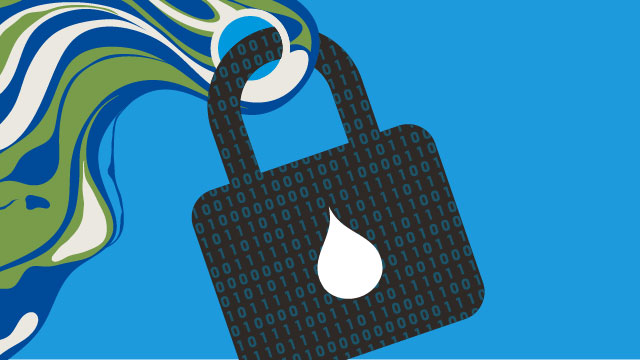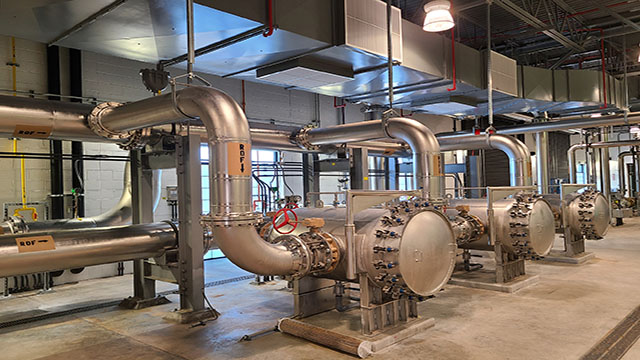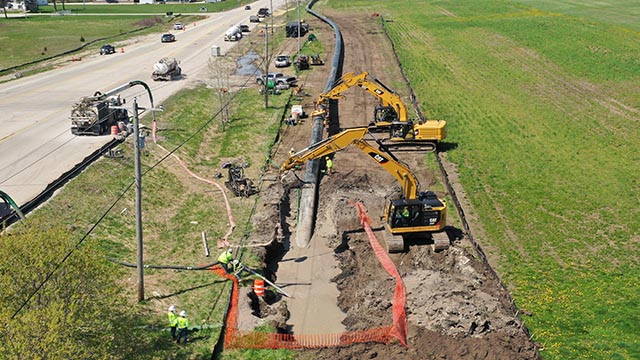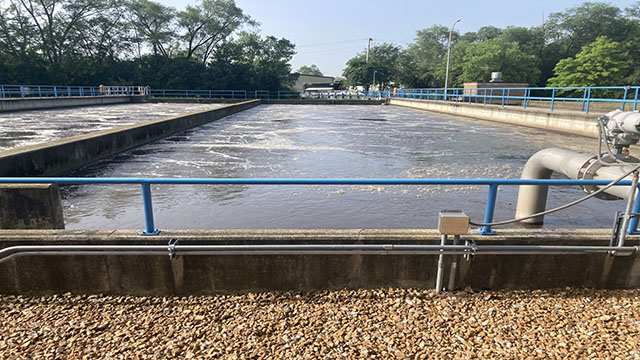A decade since Black & Veatch first launched its annual “water report” in 2012, some of the industry’s biggest challenges linger: The sector still grapples with fading infrastructure, an aging workforce and financial obstacles.
Yet the march of time has brought to light new opportunities that appeared to draw little notice a decade ago. The ascension and promise of data in driving decisions for those proactively deploying such “smart water” solutions continue to grab mindshare, and utilities are addressing the surging, pressing need for robust defenses against cyberattacks.
Make no mistake: Unlike in 2012, digitalization and resilience now play two of the most profound roles in deciding the sector’s direction, partly in response to the sector’s aging assets and the escalating worries about the effects of climate change.
All around, it’s an industry focused on doing more with less in serving the growing population as it migrates to digital systems and increasingly turns to data to compensate for shrinking staffs and lessen environmental impacts.
Shifting Priorities
Comparing results of our survey of more than 300 U.S. water industry stakeholders for this year’s water report to Black & Veatch’s similar polling a decade earlier yields some intriguing takeaways about the perceived challenges, then and now.
The survey began with the main issues affecting the industry, and to little surprise, aging infrastructure topped the list, as it did in 2012. The second largest challenge in 2022 — hiring of qualified staff — wasn’t an option in the 2012 survey. This, coupled with concerns regarding aging workforce (also rising on the survey from seventh to fourth), displays significant strain to find human capital resources throughout the industry.

Though federal support is on the way, current investment does not match need. The recently approved Infrastructure Investment and Jobs Act (IIJA) earmarks $82.5 billion in critical water investments, with the largest portions allocated to improving safe drinking water and sanitation — commitments that will help revitalize aging infrastructure. While the opportunities presented by this investment may be part of the reason cost concerns lowered from the second spot in 2012 to seventh in 2022, apprehension remains, as 39 percent of respondents said current investments would not be enough.
According to a report coordinated by the US Water Alliance and the American Society of Civil Engineers, the United States would need to increase its investment in water infrastructure by $2.2 trillion over the next 20 years – or roughly $109 billion per year – to close the water industry’s current investment gap. Even though availability of funding, managing capital costs, and managing operational costs dropped in concern over the past decade, they remain within the top 10 issues affecting the industry. Another element of costs — justifying capital costs — comes in prominently in the sixth spot.
Though the IIJA throws a lifeline to a water industry in need of funding, it should not be mistaken with a complete solution. Ongoing and forward-thinking investment will be crucial to long-term success.
Workforce Woes
Hiring of qualified staff has become such a concern — especially as the “Great Resignation” era and an aging workforce converge to place demand for workers at an all-time high — that it’s taken the second highest spot on the list in 2022. By comparison, it ranked 14th in our 2017 survey results.
As workers age out and retire, the workforce to replace them is dwindling rapidly, especially among field roles that cannot yet be automated. When asked what roles are impacted most by the changing workforce, operators and managers stood out as the top two.


The Development of Data
Though aging infrastructure and workforce development shape how owners and operators approach projects and plan for the future, digitalization and data collection offer solutions.
In some ways, data was to 2012 what cryptocurrency is to 2022, seen by the public as the Silicon Valley’s latest futuristic, albeit inaccessible, offering. But the importance of the tool was not lost on the public — a 2012 report by the World Economic Forum declared data the newest economic asset, like currency or gold.
Ten years later, the necessity of data collection for any business is widely accepted, though barriers to effective interpretation and use remain, especially in utility industries. Nearly seven in 10 respondents to Black & Veatch’s latest survey reported they collect “lots” of data, although 41 percent admit they are not leveraging it effectively.
When asked what they found to be the main challenge for improving asset management, nearly one-fifth — 18 percent — of respondents selected “too much data without quality information for decision-making,” while “developing the required systems and processes” — which nowadays often include data collection and management — was the highest concern.
Over the past decade, the data collected has flipped from being considered too little to being too much. Or rather, after years of collecting data with no specific plan, utilities are feeling overwhelmed by the task of making the abundance of information useful. To turn data into an advantageous asset, creating master plans for data analysis, extrapolating long-term trends and gleaning action items from the revelations it offers will be imperative.
Leveraging Digitalization to Do More with Less
The beauty of digitalizing systems is its potential for data collection and analysis, which can be used to better understand almost anything, predict or anticipate potential failings in assets, and drive enhanced decision-making processes. For many utilities, tracking long-term trends through data has become the key to boosting efficiency, mitigating water loss and strengthening system resilience.
As the water industry workforce diminishes and aging infrastructure assets place greater importance on resilience, data analysis can step up, helping operations run more smoothly with fewer workers than ever. Though the past 10 years have seen significant change and new challenges, they also have brought the technology that water utilities need to overcome the rising obstacles.








